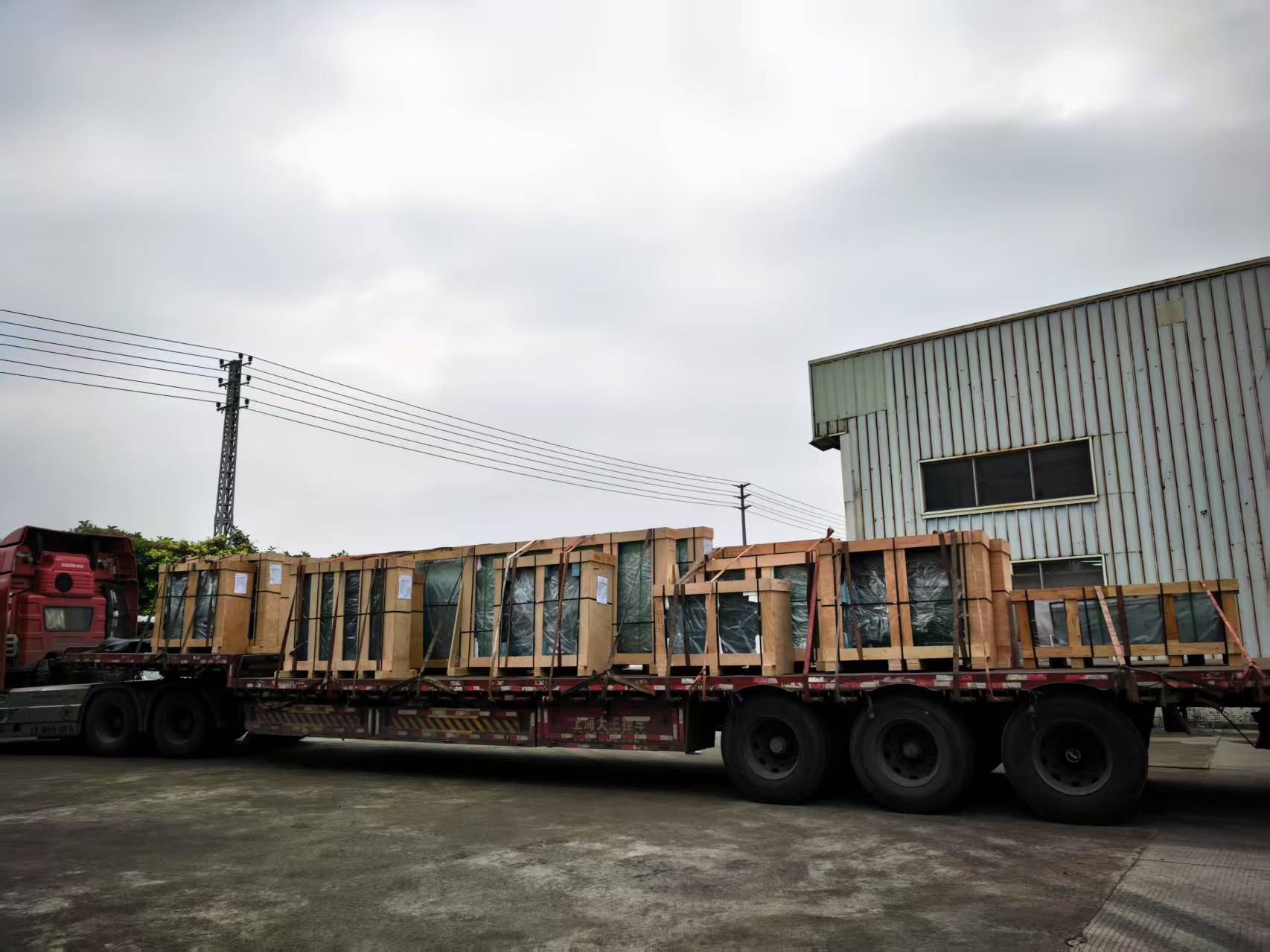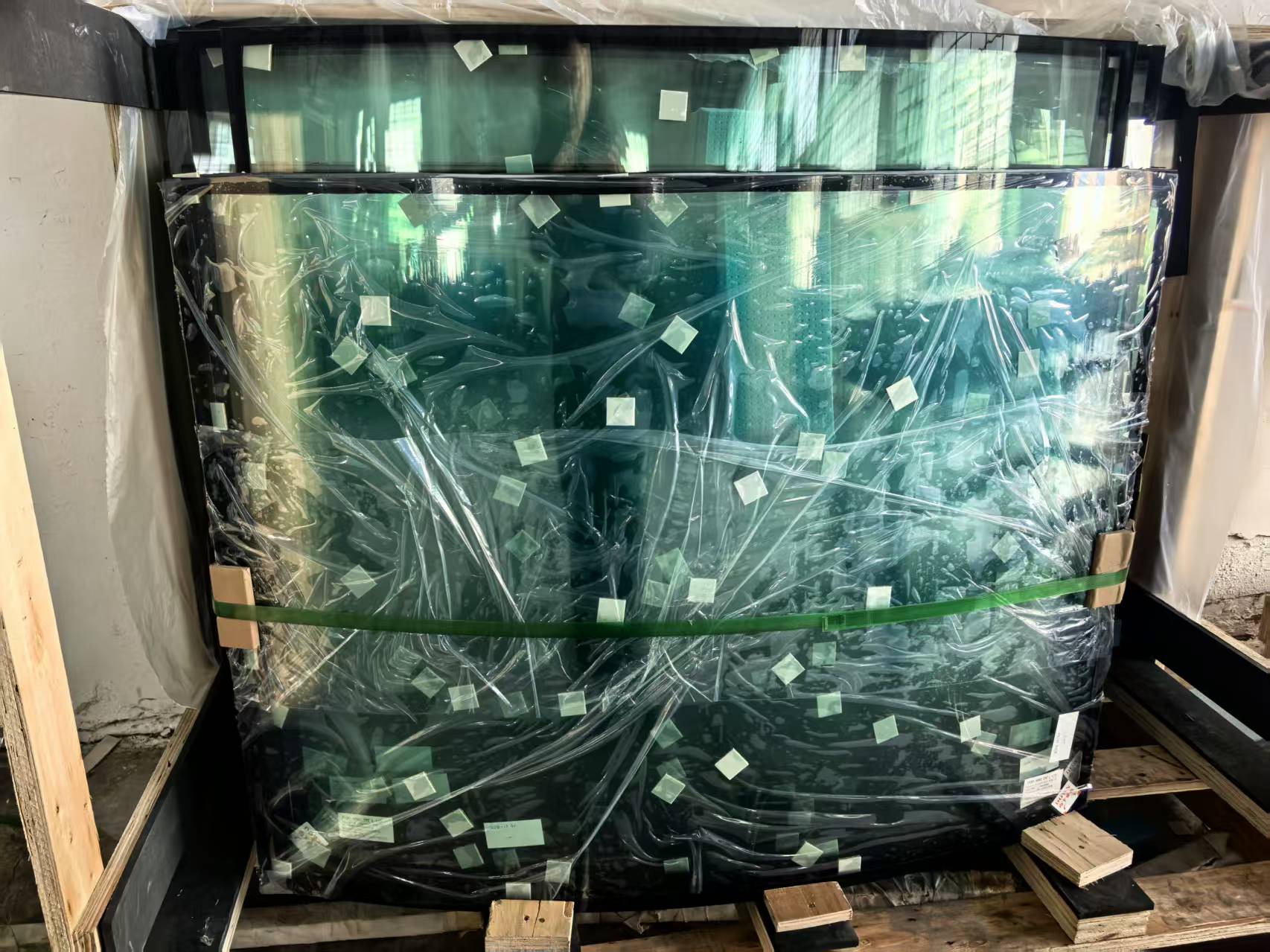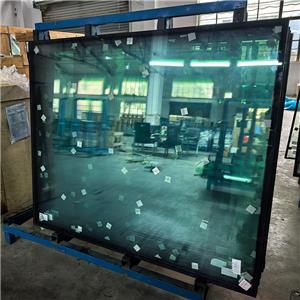Key Packing and Shipping Guidelines for Fire-Resistant Glass
Fire-resistant glass, a vital safety component in numerous applications, demands meticulous handling during packaging and shipping to ensure its integrity and prevent damage.

Here are essential precautions to adhere to:
Edge and Corner Protection: Glass edges and corners are particularly vulnerable to cracks or chipping during transit. Prioritize using specialized packaging materials such as foam padding, corrugated cardboard, or protective covers to surround these areas. Wrap each piece individually, applying double-layer protection where necessary to safeguard against impacts and abrasions.
Customized Packaging: Accurately measure the dimensions of the fire glass to choose an appropriately sized carton or crate that snugly fits the product without leaving excessive gaps. This not only secures the glass but also prevents movement during transit, which can cause breakage. Opt for packaging with sufficient strength to withstand compression forces.
Weight Management: Fire-resistant glass can be heavy, so it's crucial to calculate and verify the total weight before packaging. Exceeding weight limits on shipping containers or carriers may result in additional fees or even damage to both the glass and the handling equipment. Use weight scales or consult the manufacturer's guidelines to determine the appropriate packaging configuration for the specific glass types.
Labeling and Documentation: Clearly label the package as "fragile," "fire-resistant glass," and indicate any handling instructions or special handling requirements. Include relevant certifications and safety data sheets in the package documentation to facilitate customs clearance and demonstrate compliance with safety regulations.
Temperature Control: Depending on the type of glass and its intended use, temperature control during shipping might be critical. Ensure the packaging material provides insulation to maintain the recommended temperature range, especially for glass that is sensitive to thermal fluctuations.

Adhering to these guidelines ensures that fire-resistant glass arrives at its destination in pristine condition, ready for installation and to fulfill its critical fire safety function. Proper packaging and shipping practices are paramount in maintaining the effectiveness of this lifesaving material.




